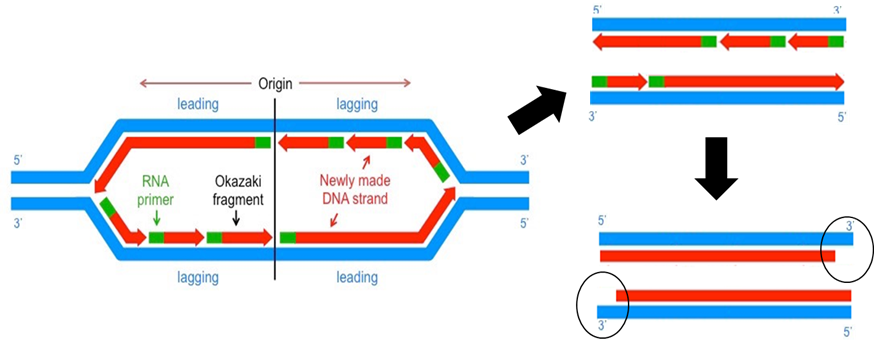Not within the next two decades, at least (assuming you meant nearly total reversal of the effects of physiological aging). Any further than that is impossible to predict, since we are likely only a few breakthroughs away at this point (however, with extremely bad luck, these could take centuries to achieve, since presumably no scientist knows the 'optimal route' to developing these types of therapies at this point). But it is certainly possible from a scientific point of view.
While this is slightly off-topic, since you seem particularly concerned with skin aging, I would suggest protecting the stem cells of the skin from mutagens. These include UV radiation (which comes not only from the sun, but also from blue sky), background radiation (which depends on altitude and geographic location (inc. North American examples)(similar maps for Europe)) as well as lipid-soluble volatile genotoxins such as benzene and PAHs, which arise from the combustion of organic matter (e.g. wood burning, smoking, conventional BBQ grills, car exhaust).
Other factors that affect aging of the skin are the factors that degrade collagen, including UV radiation (again) as well as high blood sugar, which in turn triggers the formation of advanced glycation end-products that reduce collagen elasticity. One more factor associated with skin aging is particulate air pollution (Ding et al. 2017), which damages the DNA as well as other cellular structures by inducing oxidative stress (Piao et al. 2018). Particulates also often have genotoxic compounds adsorbed onto their surface (see e.g. Jia et al. 2017)).
Currently, the most effective way to prevent skin aging is to minimize exposure to the factors mentioned above. Many of these factors also promote certain other processes associated with aging (the accumulation of DNA damage causes cancer and accelerates stem cell aging (Rossi et al. 2007), whereas exposure to particulates is expected to contribute to the development of brain diseases such as Alzheimer's (Maher et al. 2016))
I would expect DNA mutations of the skin to be relatively easy to fix, though. For example, the skin is relatively accessible, so stem cell therapy could certainly work, as could a Cas9-based therapy used to strategically fix specific key mutations to prevent senescence. Presumably research to this end will be conducted relatively soon, now that Cas9 has gained popularity in the scientific community.
References:
Ding, Anan, et al. "Indoor PM 2.5 exposure affects skin aging manifestation in a Chinese population." Scientific reports 7.1 (2017): 15329.
Jia, Yi-Yang, Qi Wang, and Te Liu. "Toxicity research of PM2. 5 compositions in vitro." International journal of environmental research and public health 14.3 (2017): 232.
Maher, Barbara A., et al. "Magnetite pollution nanoparticles in the human brain." Proceedings of the National Academy of Sciences 113.39 (2016): 10797-10801.
Piao, Mei Jing, et al. "Particulate matter 2.5 damages skin cells by inducing oxidative stress, subcellular organelle dysfunction, and apoptosis." Archives of toxicology (2018): 1-15.
Rossi, D.J., Bryder, D., Seita, J., Nussenzweig, A., Hoeijmakers, J. and Weissman, I.L., 2007. Deficiencies in DNA damage repair limit the function of haematopoietic stem cells with age. Nature, 447(7145), p.725.




